Parents and teachers know, keeping little ones engaged is a challenge. They're always on the lookout for new activities. Season-themed coloring pages could be just the ticket. They're educational and fun, but finding versatile ones that cover all four seasons is tricky.
We know little ones enjoy coloring and it's a great way for them to learn about the seasons. So, we put together coloring pages for each season with simple pictures they can relate to, like snowmen for winter or flowers for spring. This way, kids get to explore and express themselves while learning about the changing world around them. It's fun and educational at the same time, perfect for preschoolers.
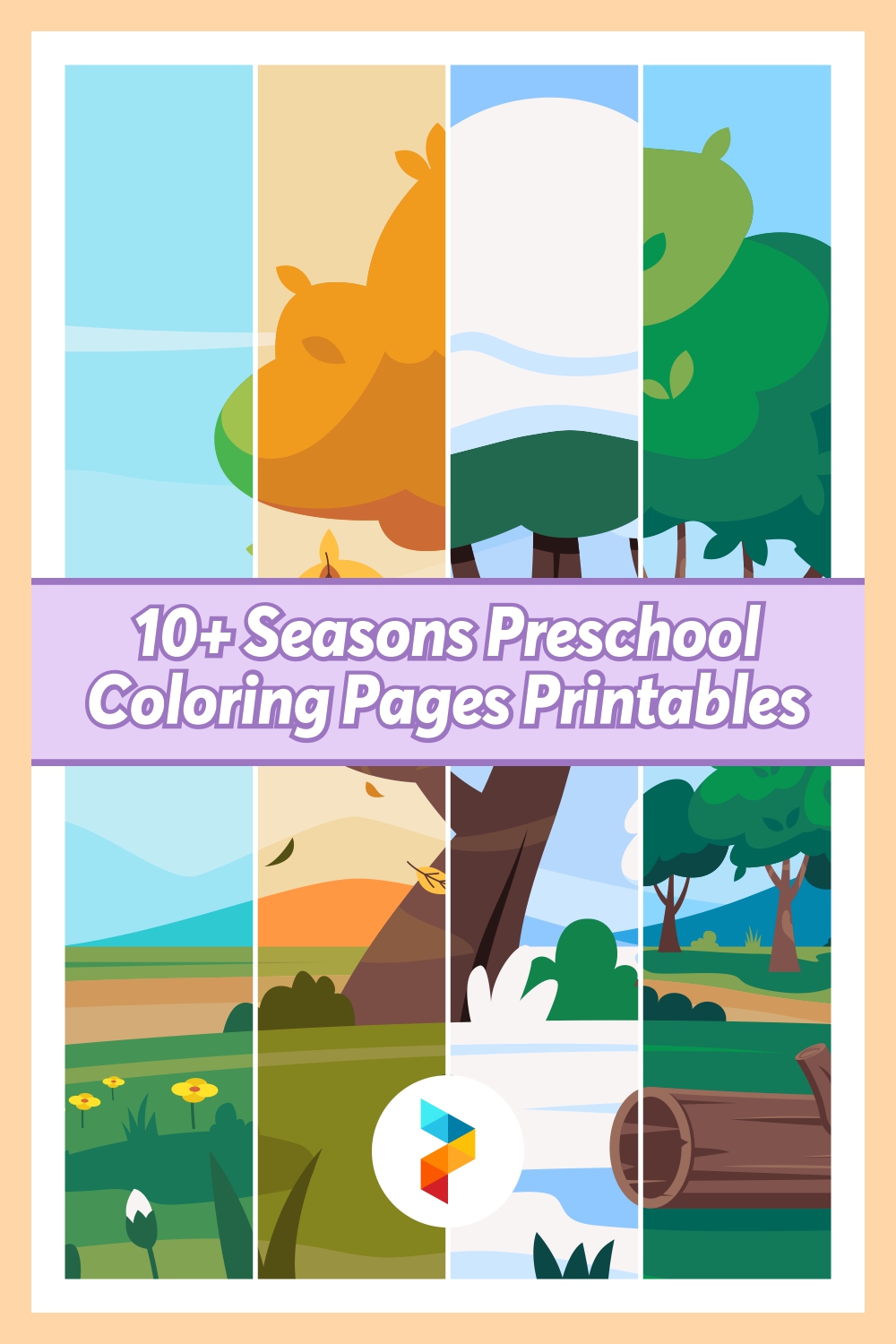
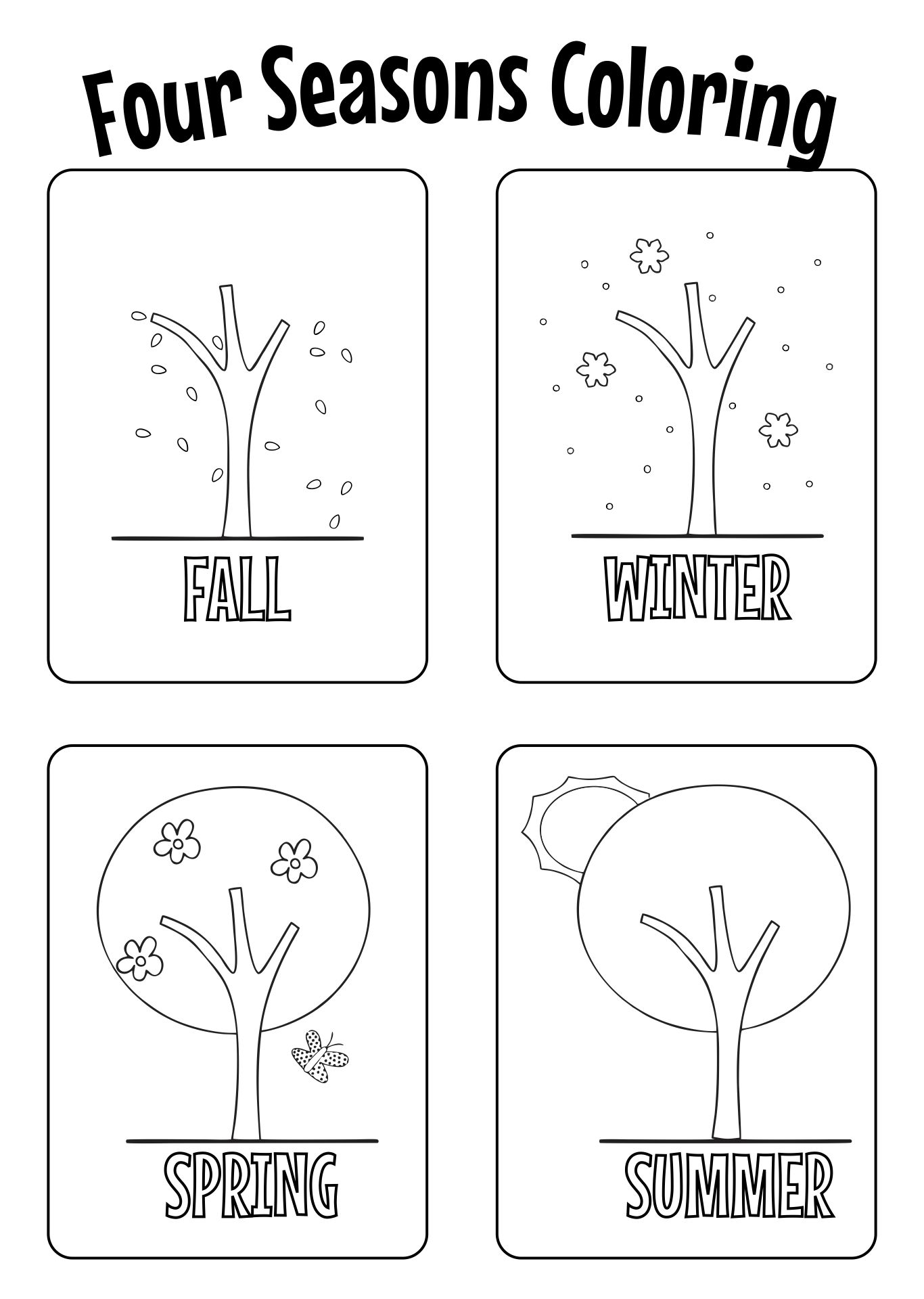
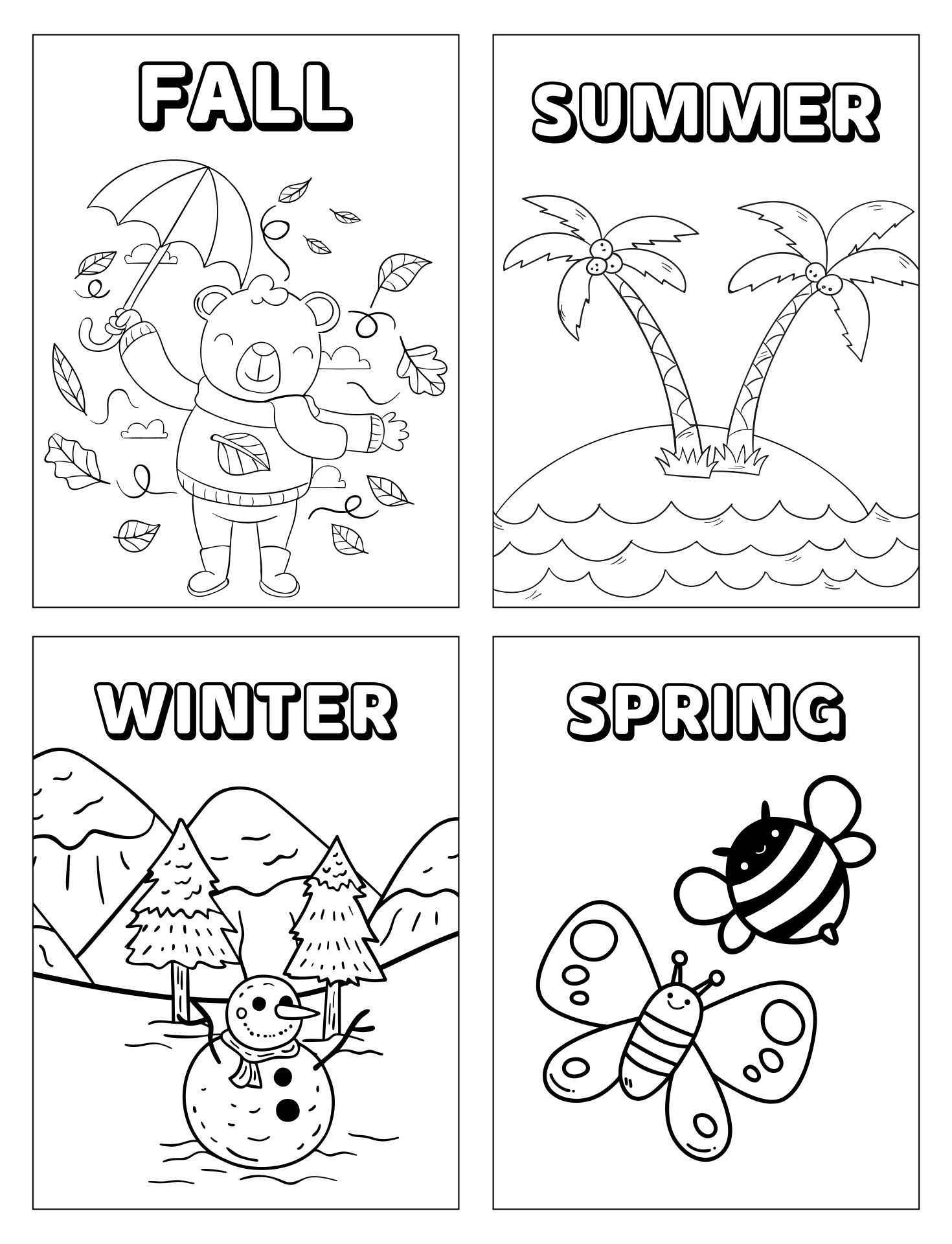
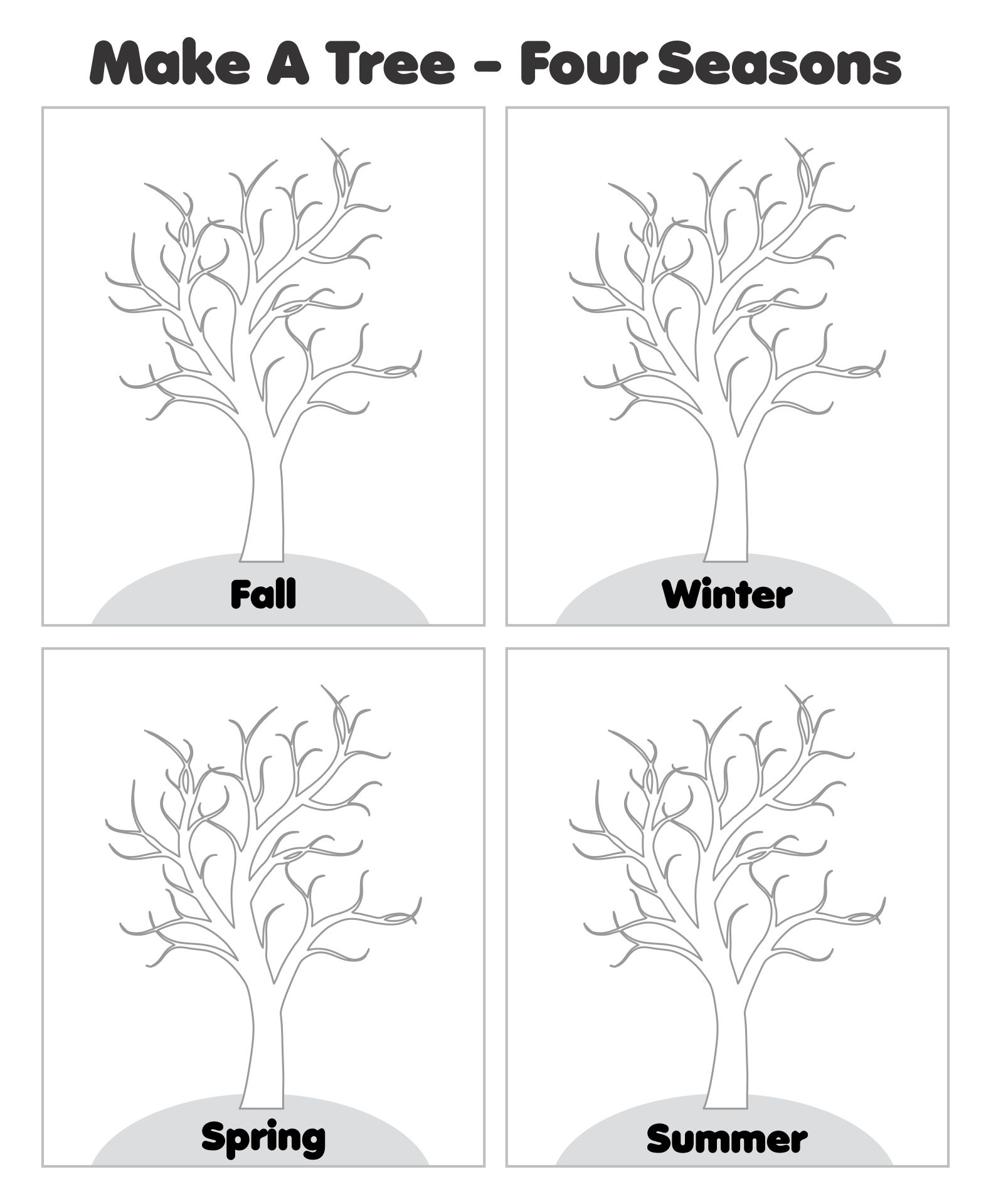
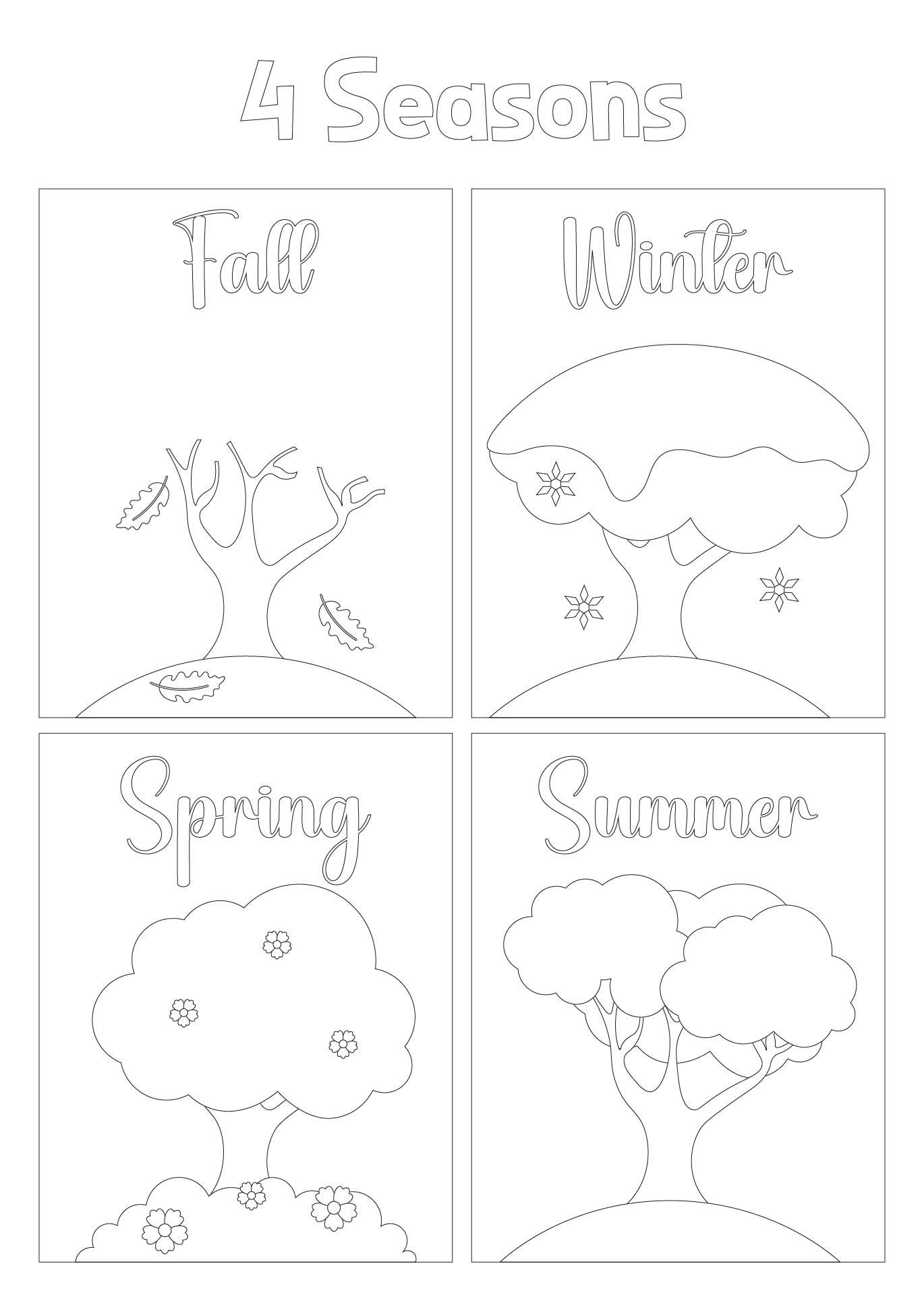
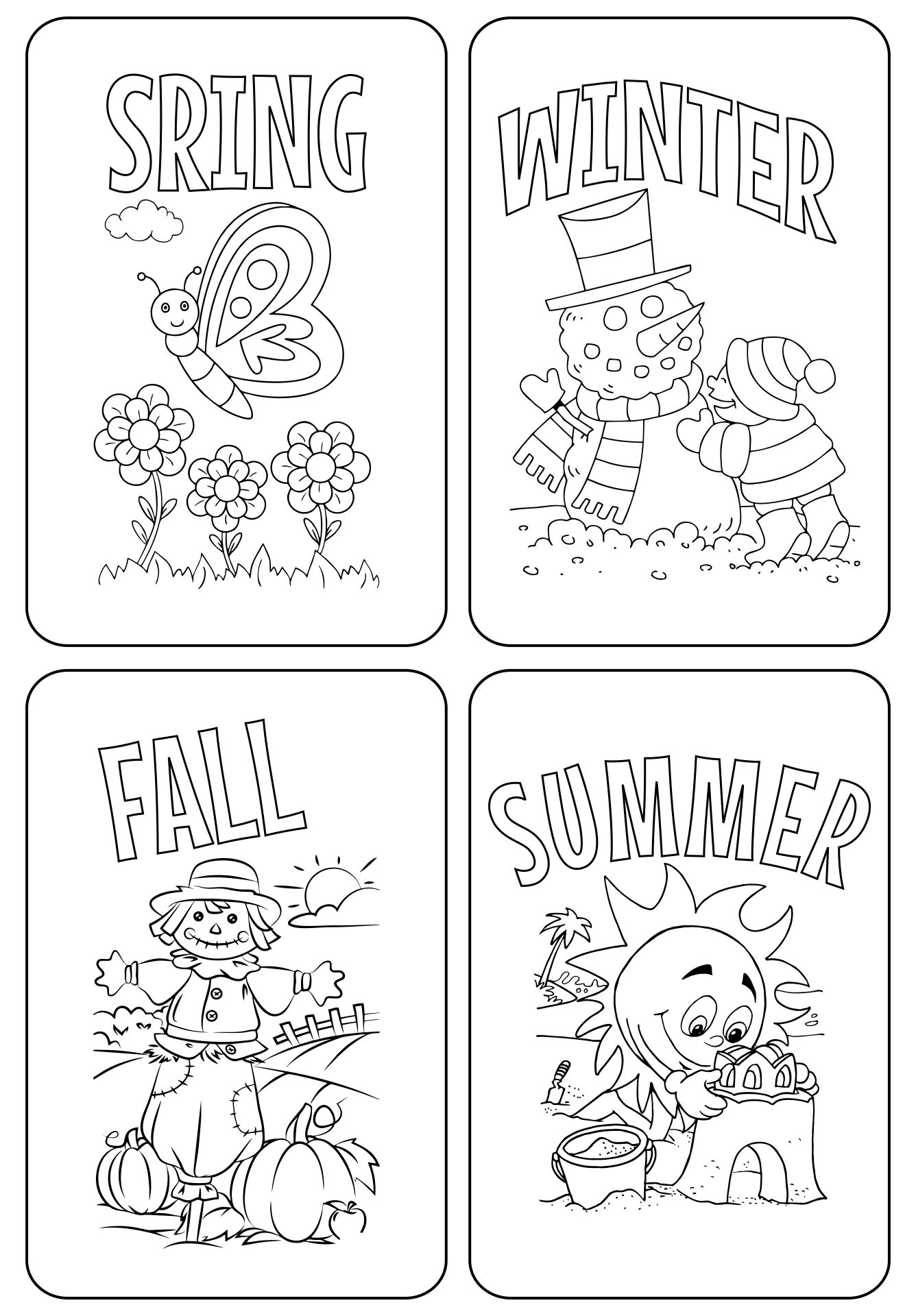
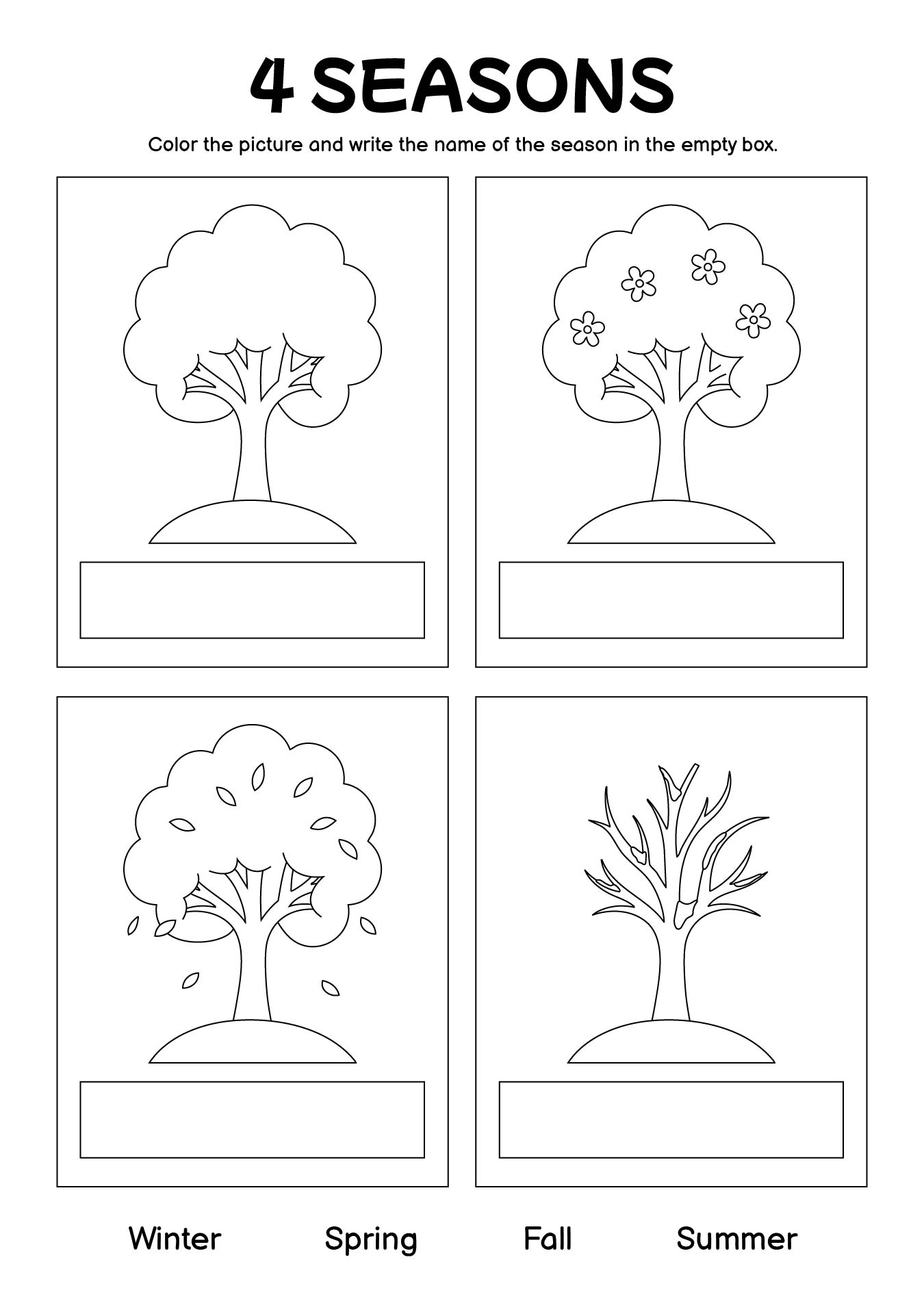
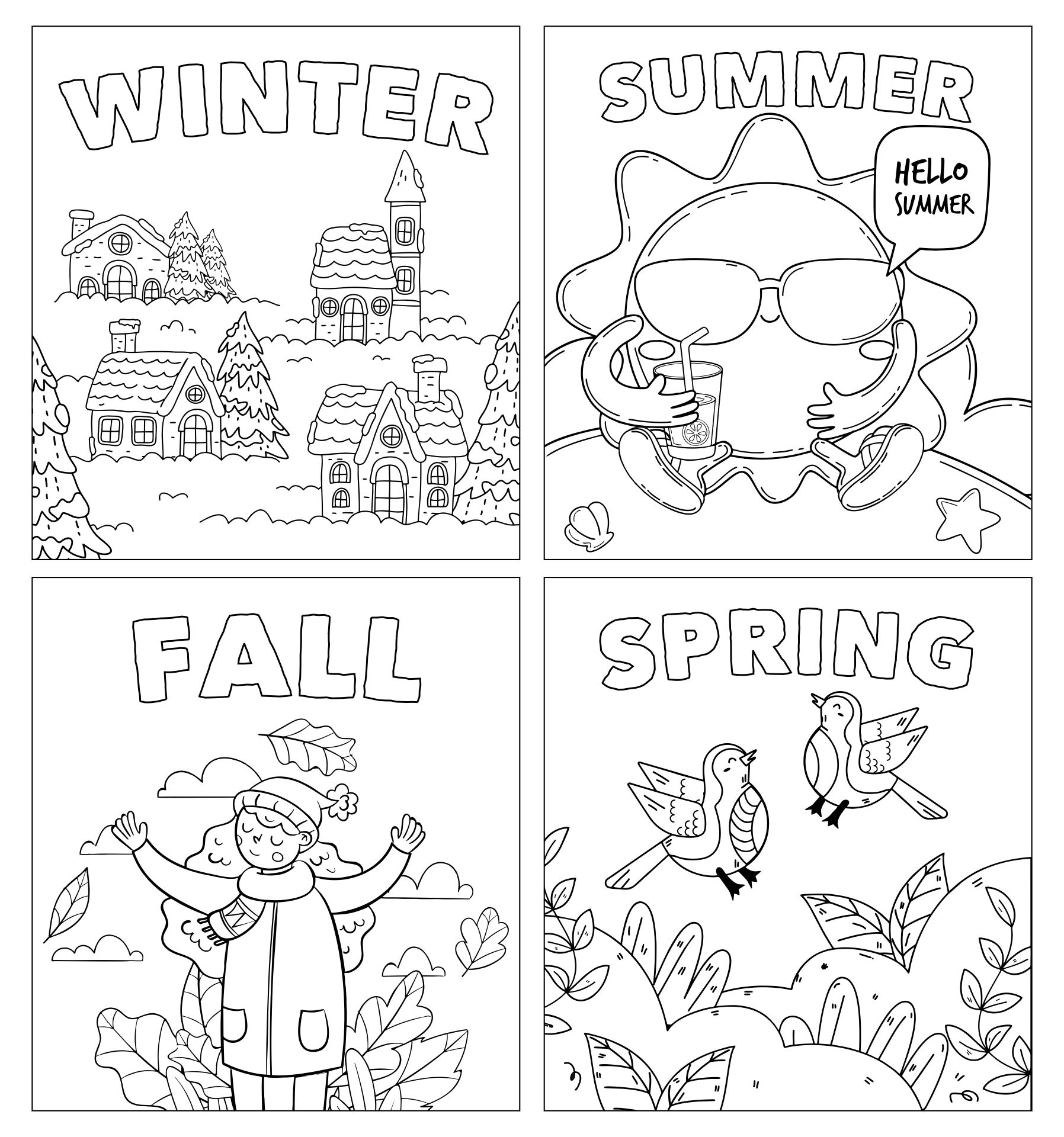
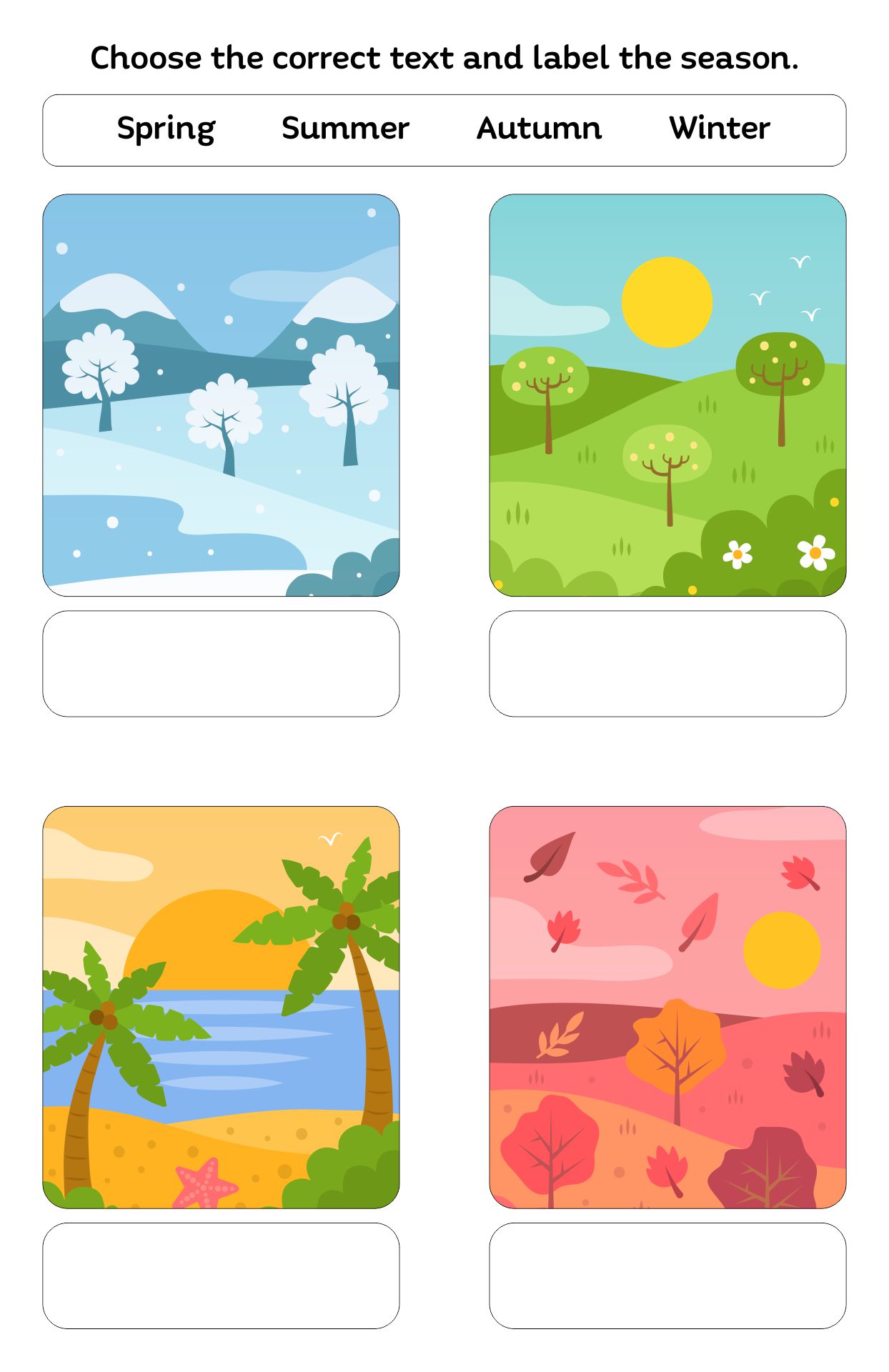
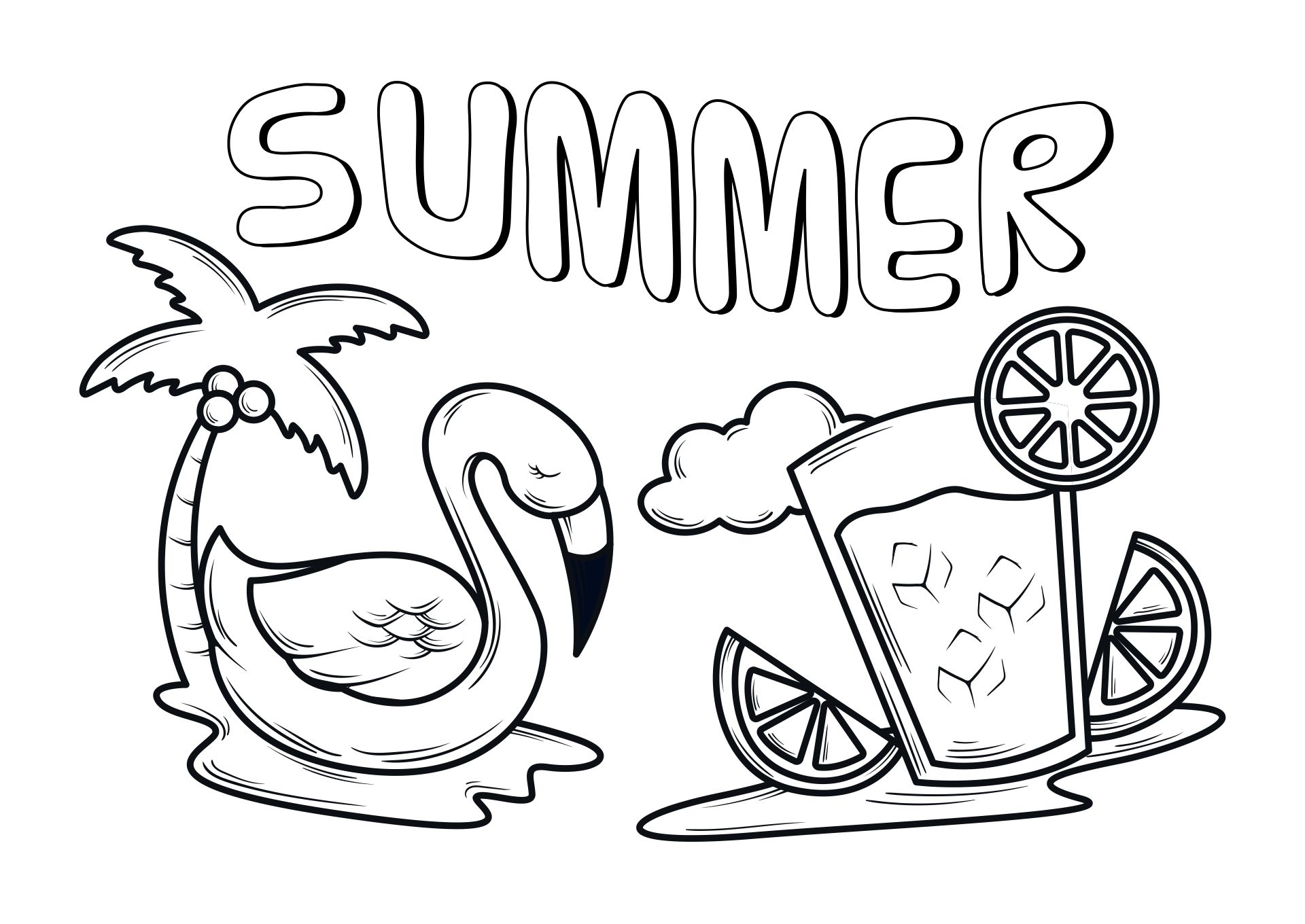

Bring the youngsters outside to see how the seasons transform the landscape. Make note of variations in the weather, temperature, and the appearance of the trees, plants, and animals. Make a straightforward calendar that shows the seasons as they change. Each season's first day should be marked by your child, along with any connected festivals or special occasions.
Encourage children to participate in seasonal arts and crafts projects. They can produce things like spring flowers, summer suns, fall leaves, and winter snowflakes. Read season-related novels for your age group. Look for books that make the science of the changing seasons understandable for children.
Conduct easy science experiments to show how the seasons affect the environment. Encourage kids to help you grow seasonal flowers or veggies. Why do you think certain plants grow better in certain seasons? Schedule outdoor activities according to the season. For instance, leaping in piles of leaves in the fall, swimming in the summer, flying kites in the spring, and sledding in the winter.
Educate your youngster about seasonal cooking and baking. Talk about the diverse food preferences that correspond to the seasons and the reasons that people appreciate certain cuisines at particular periods of the year. Encourage kids to notice the changes in their surroundings by taking them on frequent nature excursions. Discuss how rocks, flowers, or leaves connect to the present season after gathering them.
Have something to tell us?
Recent Comments
These Season Preschool Coloring Pages Printables are a wonderful way to engage and educate young children about the different seasons. The simple designs and vibrant colors make them perfect for little ones to explore and express their creativity. Highly recommended for a fun and educational activity!
I really appreciate the Seasons Preschool Coloring Pages Printables resource! It provides a fun and educational way for preschoolers to explore the beauty of nature and learn about different seasons.
Seasons preschool coloring pages printables are a valuable resource for parents and teachers, providing engaging and educational activities that help children develop fine motor skills, learn about the changing seasons, and foster creativity in a fun and interactive way.